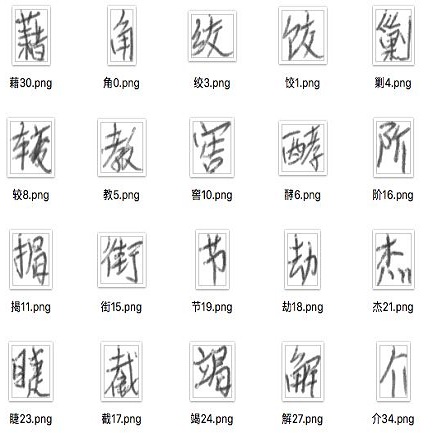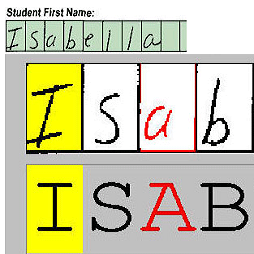Deep convolutional networks based methods have brought great breakthrough in images classification, which provides an end-to-end solution for handwritten Chinese character recognition(HCCR) problem through learning discriminative features automatically. Nevertheless, state-of-the-art CNNs appear to incur huge computation cost, and require the storage of a large number of parameters especially in fully connected layers, which is difficult to deploy such networks into alternative hardware device with the limit of computation amount. To solve the storage problem, we propose a novel technique called Global Weighted Arverage Pooling for reducing the parameters in fully connected layer without loss in accuracy. Besides, we implement a cascaded model in single CNN by adding mid output layer to complete recognition as early as possible, which reduces average inference time significantly. Experiments were performed on the ICDAR-2013 offline HCCR dataset, and it is found that the proposed approach only needs 6.9ms for classfying a chracter image on average, and achieves the state-of-the-art accuracy of 97.1% while requiring only 3.3MB for storage.
翻译:以深革命网络为基础的方法在图像分类方面带来了巨大的突破,它通过自动学习歧视性特征,为中国手写字符识别(HCCR)问题提供了端到端的解决方案。然而,最先进的CNN似乎需要巨大的计算成本,并且需要大量参数,特别是在完全连接的层中,很难将这种网络安装到计算量有限的替代硬件装置中。为了解决存储问题,我们提议了一种叫作“全球加权组合”的新技术,用于减少完全连接层的参数,而不会造成准确性损失。此外,我们还在单一CNN中采用了一个级联号模型,通过添加中输出层来尽早完成完全识别,从而大大缩短平均的推论时间。在离线的HCCR数据集下进行了实验,发现拟议的方法仅需要6.9米用于平均的级反切变图像,并实现97.1%的状态精确度,而只需要3.3MB储存。




